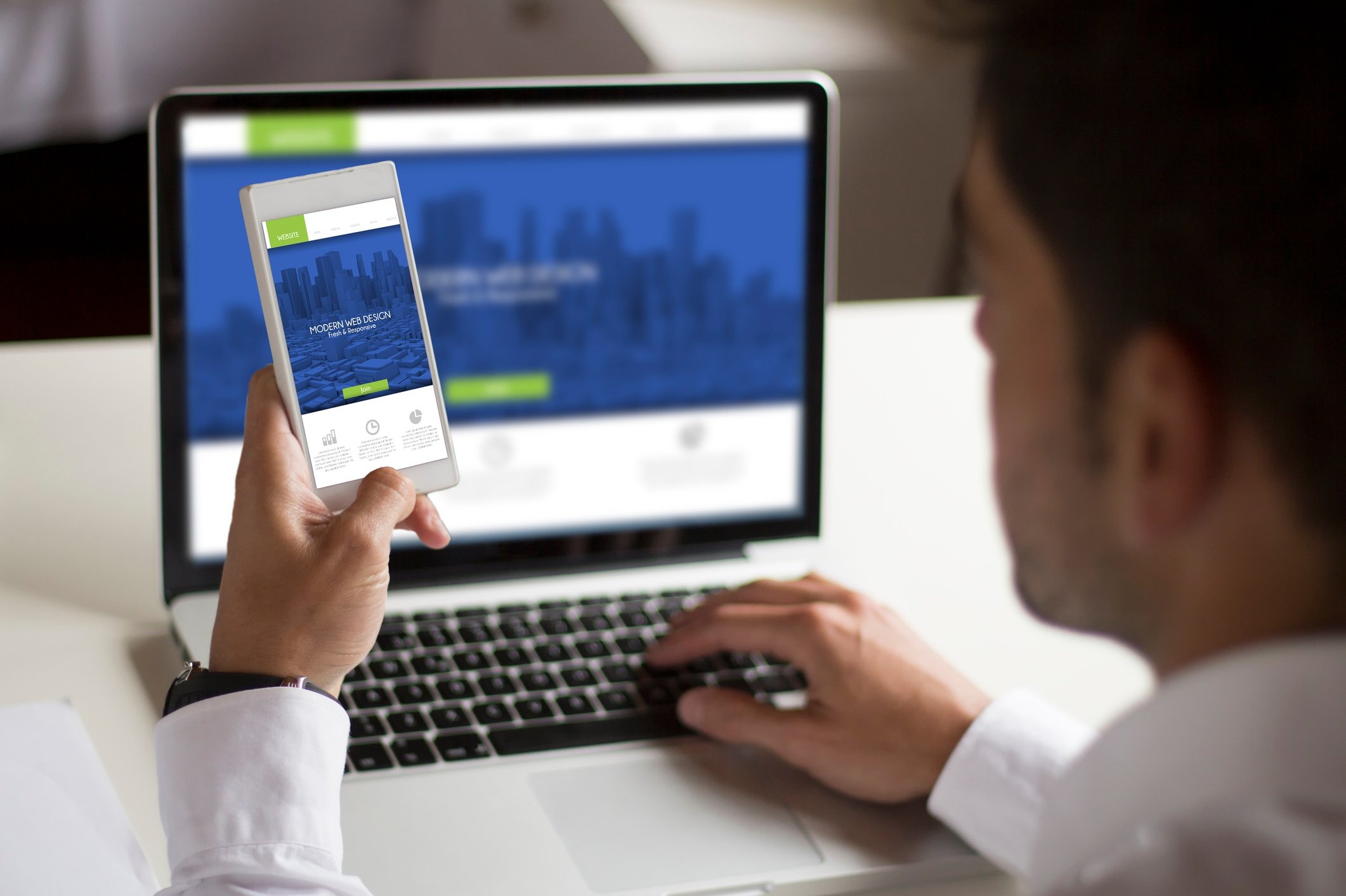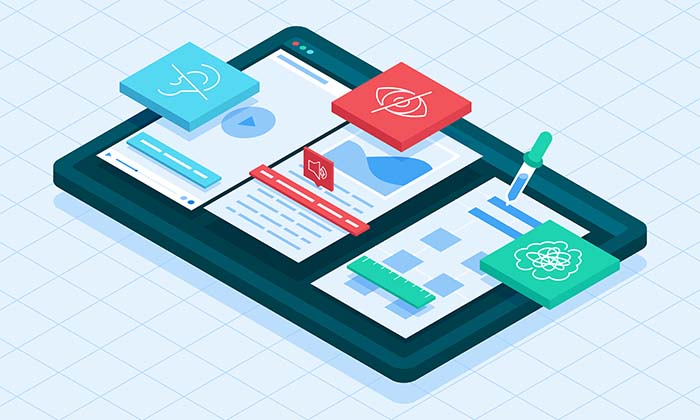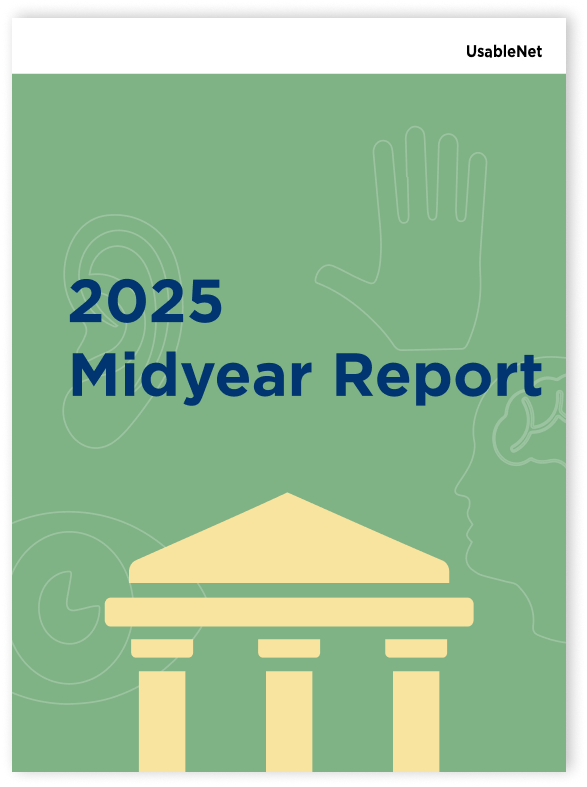The first new ADA Lawsuit alleging ADA-discrimination based on mobile app accessibility was filed in March of 2019 in Pennsylvania. More claims are likely to follow as an ADA litigation trend.
ADA Website Accessibility Claims, usually involving visually impaired persons, typically focus on inaccessibility of business websites based on the ability of screen-reading software to read the sites. With the Robles v. Domino's Pizza ruling, the courts have effectively extended accessibility guidelines to mobile apps.
Why Mobile Apps?
Mobile apps have become a fundamental part of everyday life for millions of users. But with no formal legislation around accessibility requirements, many companies have forgotten the disability community when designing and building their native apps.
Apps, similar to web sites, have a set of design and coding guidelines that companies can follow to ensure accessibility for users of all abilities. Leading bands such as Uber and Chase have commited to accessibility and operate fully accessible native apps, but many other industry leaders have not taken this step for their mobile apps.
Mobile Apps and the ADA
The DOJ started to include Native App accessibility as part of ADA-related Web Accessibility claims in a number of cases as early as 2014, with the landmark lawsuit between the National Federation of the Blind (NFB) and H&R Block.
In January 2019, in Robles v. Domino’s Pizza, the Ninth Circuit held that Title III of ADA applies to Domino's websites and mobile applications. This has bolstered the position of plaintiffs to file (ADA)-based discrimination alleging mobile app inaccessibility.
How hard is it to make Apps Accessible?
The good news is that designing and developing accessible apps is not much harder than building an app in the first place. The key is to start with the right foundation and to follow the right guidelines (WCAG). The bad news is that is is easier to start with accessible design than it is to make changes to code and update design after the fact.
The difference between creating Native Apps versus websites is the importance of design over code. Code issues are easy to find with free tools from Apple (to test iOS) and Google (to test Android). But the design review for apps must include interface ease-of-use, color contrasts, organization, predictability of features and more.
The Next Step
UsableNet provides a fast and effective Audit service reviews both the native app code and design aspects against the mobile accessibility standards established under the WCAG. Audits include detailed design markup of the Apps interface to pinpoint where changes are needed.
Native teams can also get training from UsableNet and Helpdesk to find and develop solutions to identified accessibility issues. UsableNet can provide ongoing support and documentation to support any legal needs.
Contact us to learn more about UsableNet audit services to support website and moble app accessibility.










